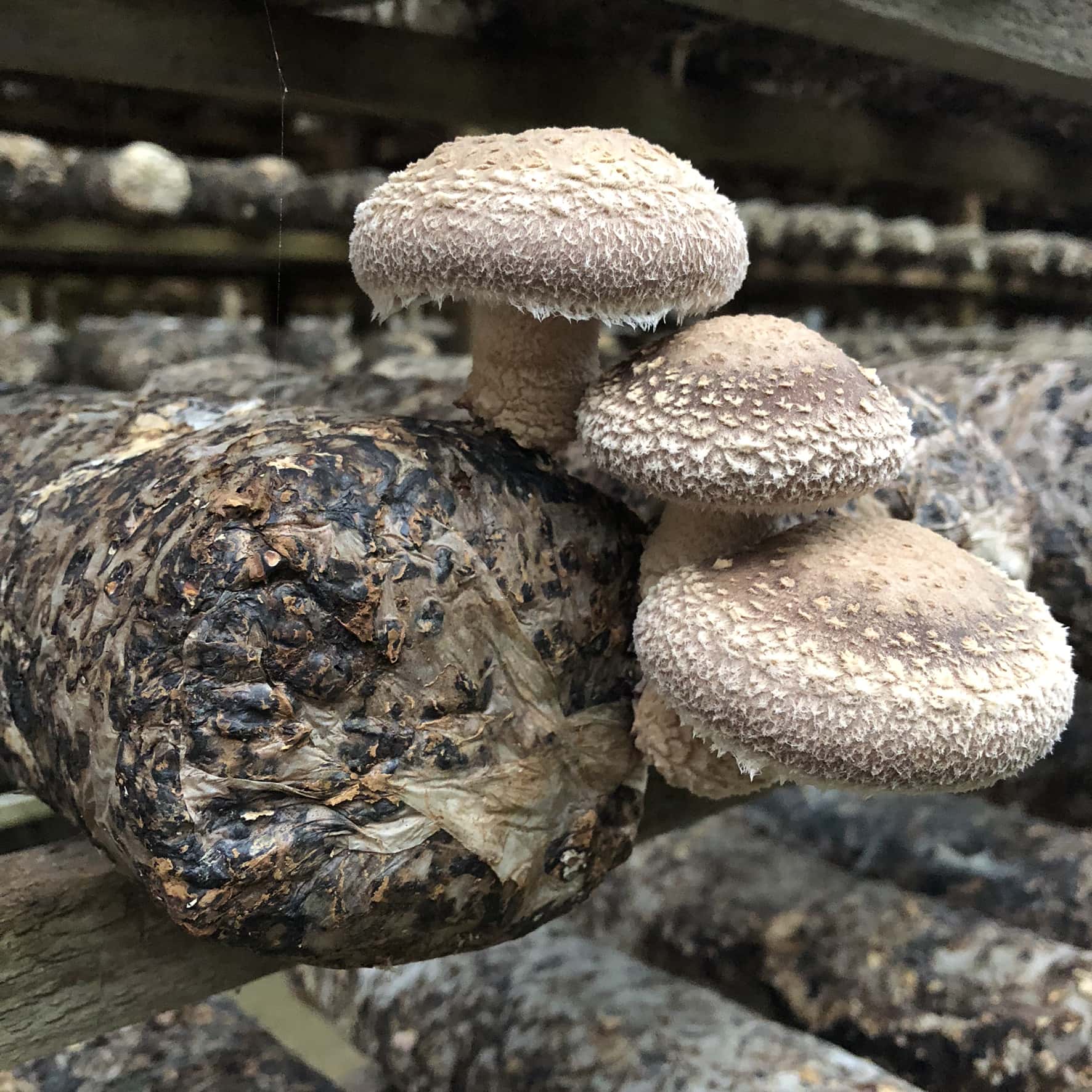

 It also contains minerals such as potassium, calcium, phosphorus, iron and zinc! It also contains 7 of the 8 amino acids that are essential for humans. In addition to vitamins and minerals, shiitake contains a variety of organic substances such as nucleotides, amino acids, peptides, organic acids and sugar compounds. Important ingredients of shiitake are eritadenine and lentinan! Shiitake powder is made from dried fruit bodies of the best quality! The drying process is extremely gentle in order to preserve all nutrients, vitamins and trace elements as far as possible! Add 1 to 2 level measuring spoons of mushroom powder to plenty of liquid and drink daily. The powder can also be mixed with food (1 measuring spoon corresponds to approx. Do not exceed the recommended daily intake stated. Food supplements should not be used as a substitute for a balanced and varied diet. Store the products out of the reach of small children. Do you have any questions concerning this product? Evaluations will be activated after verification. Evaluations will be activated after verification.
It also contains minerals such as potassium, calcium, phosphorus, iron and zinc! It also contains 7 of the 8 amino acids that are essential for humans. In addition to vitamins and minerals, shiitake contains a variety of organic substances such as nucleotides, amino acids, peptides, organic acids and sugar compounds. Important ingredients of shiitake are eritadenine and lentinan! Shiitake powder is made from dried fruit bodies of the best quality! The drying process is extremely gentle in order to preserve all nutrients, vitamins and trace elements as far as possible! Add 1 to 2 level measuring spoons of mushroom powder to plenty of liquid and drink daily. The powder can also be mixed with food (1 measuring spoon corresponds to approx. Do not exceed the recommended daily intake stated. Food supplements should not be used as a substitute for a balanced and varied diet. Store the products out of the reach of small children. Do you have any questions concerning this product? Evaluations will be activated after verification. Evaluations will be activated after verification.
It doesn’t take up much space (can be grown vertically), uses less water and energy than other crops, and above all-grows on agricultural waste. Ravi Prakash Maurya, a farmer in Uttar Pradesh is cultivating ‘black crops’ – rice, wheat, tomato, niger seeds, turmeric and potato – all with one thing in common, their colour and presence of antioxidants. Here’s why he’s promoting black potatoes across India. If these aren’t good enough reasons to grow and eat mushrooms, what else could be? What if I told you that you could successfully grow them on your terrace without expensive, imported packets doused in chemicals? Well, Bengaluru-based Namrata Goenka, a former lawyer, does just that in 10×10 feet space on her terrace. The Better India got in touch with her to help our readers get a few tips on growing mushrooms at home. Born in Kolkata, she moved to Bengaluru at the age of 18 to complete her education.
She pursued bachelors in biotechnology and masters in Biochemistry. After getting married, she studied law from Delhi University and worked as a patent attorney for a while. Once the couple moved back to Bengaluru and their son, Vedant, was born in 2014, Namrata decided to devote her time and energy to raising their son. She begins, “While raising Vedant, I had time to look after my terrace. Even though it is a small space, we grow veggies like lettuce, herbs, radish, greens, tomatoes and beans for daily consumption.” Around this time, she decided to start a business from home. She first thought of making and selling mushroom spawn, a highly technical skill which requires some background in biosciences to extract mycelia for growing it on sterile grains. But a little market research revealed that there were several readymade spawn suppliers. She took up a course from the Indian Institute of Horticulture Research (IIHR) on spawn cultivation. Mushroom cultivation also caught her interest, and she enrolled in a course.
